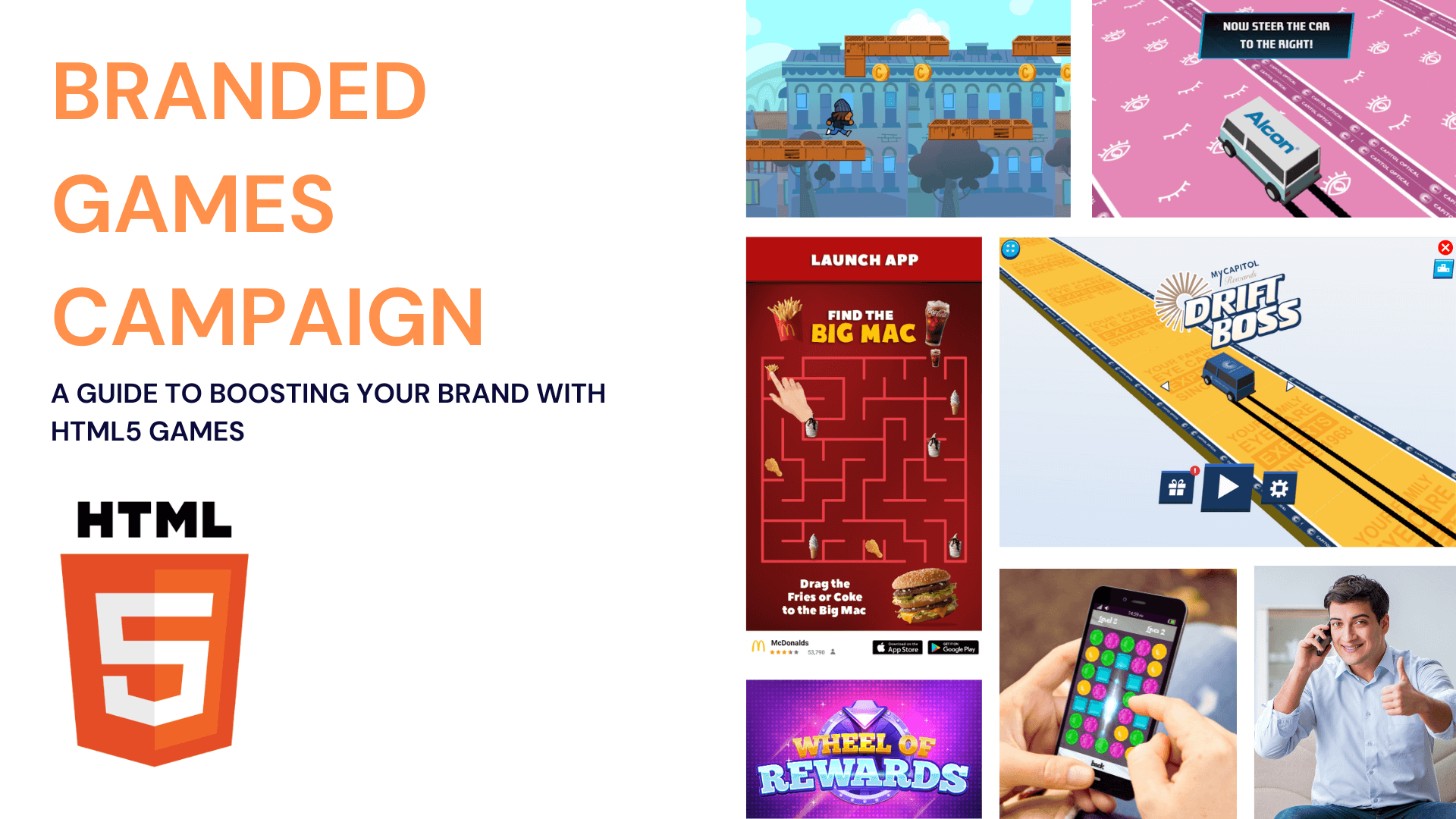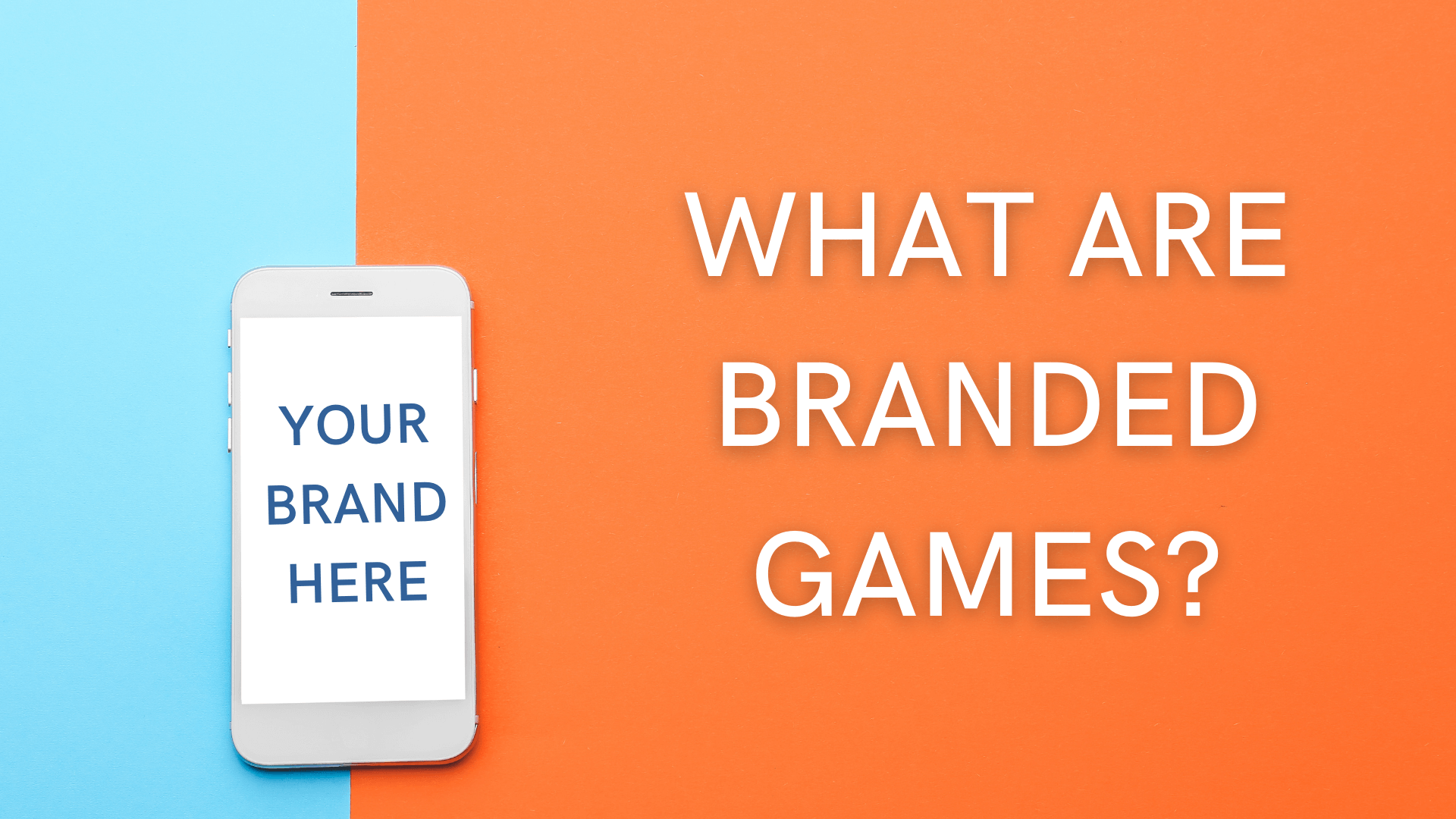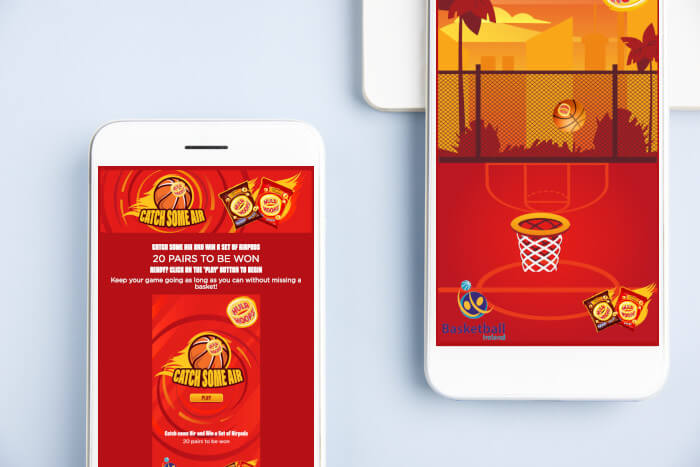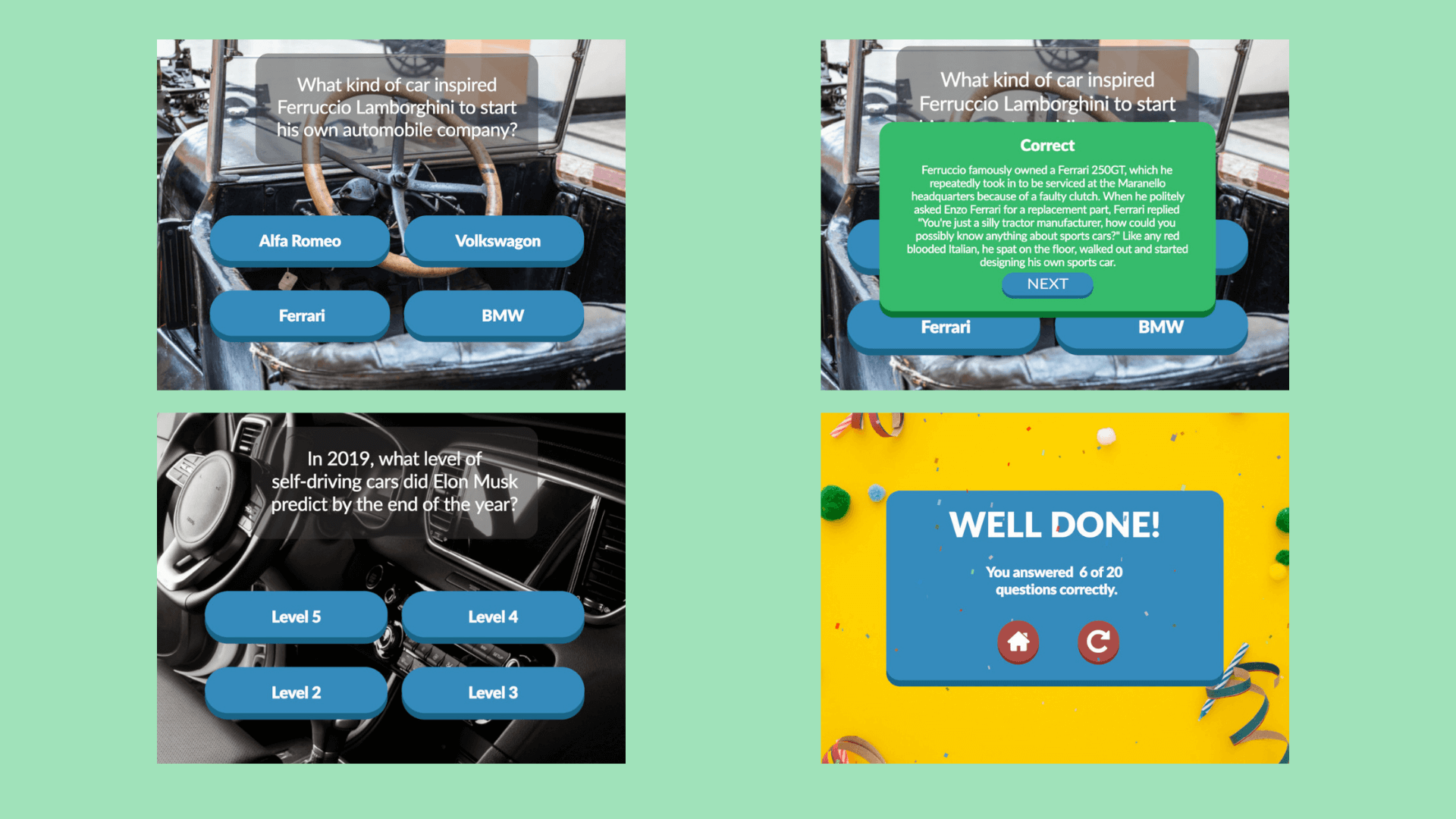
Branded Games Campaign: A Guide to Boosting Your Brand with HTML5 Games
Is your brand taking advantage of HTML5 games to engage with your audience?
Marketers have used branded games extensively to promote products and services, drive brand awareness, conduct market research, and get new leads into the sales pipeline.
Here’s a simple guide on using branded games for marketing campaigns.

Branded Games Definition
In general, branded games (sometimes called marketing games) are interactive gamified solutions for businesses to engage their customers in a meaningful way. HTML5 games are ideal for branded games due to their multi-platform compatibility. They can be played on any modern device browser.
Casual games are often used as branded games to target mass-market audiences.
Using Branded Games
A branded game must contain an advertisement within the game in some way, shape, or form. Branding can be found on the game’s graphics, texts, or audio (if the brand has an official soundtrack) for players to associate the game with the brand.
To start using branded games for marketing campaigns, refer to this checklist.

1. Define Your Marketing Objectives
Decide on your key goals first. Follow the S.M.A.R.T. method of setting goals.
The following are sample goals for your branded game campaign.
- Finding new customers - Branded games are the perfect tools for customers to learn more about a brand in a less “salesy” approach. Put the power in the hands of customers by letting them experience the game.
- Re-engaging old customers - Bring back old clients for repeat business through games with a rewards system.
- Retaining customers - Take advantage of long-time customers with branded games to redirect them to the sales funnel. Contests and raffles are some examples of excellent customer retention strategies.
- Launching new products and services - Use branded games to introduce new offerings through fun and exciting activities.
- Conducting market research - Include survey forms within the game for information gathering. Discover interests and opinions from players to improve your brand image
2. Determine Your Budget
Determine how much you are going to spend on your marketing campaign. Consider where you want to deploy your branded game.
You can run the game on a dedicated website or page and share its URL or QR code on social media to redirect viewers. Or you can deploy the game on-site at tradeshows, exhibition stands, digital signage screens, and other face-to-face events.
3. Identify Your Target Audience
Even though branded games are for everybody, you need a target audience for the best results. Use any information to identify your ideal customer profile.
4. Plan Your Branded Game Campaign
Carefully plan your branded game campaign from start to finish. Select a game or game genre that fits your objectives. Don’t forget to set your game rules and campaign regulations.
5. Procure Your HTML5 Game
We suggest working with a gaming solutions company that offers ready-made HTML5 games (often called whitelabel games) to reduce cost and development time. Don't build games from scratch, as this can outweigh your objectives. You can directly rebrand or reskin whitelabel games to fit your marketing goals.
Most common genres in branded games:
- Endless runners - players aim for high scores by playing as long as possible
- Classic games - A.K.A. retro games or games that stood the test of time as everyone’s favorite
- Word games - players form, think, or guess words according to a set of rules
- Racing games - players participate in a racing competition on either land, sea, or air
- Puzzle games - Players use problem-solving skills to score points
Lastly, look for HTML5 games with built-in data-gathering features, such as registration forms, leaderboard systems, and analytics tools to help you with your campaign metrics.
6. Finalize Your Metrics
Set some marketing metrics or benchmarks on how you can achieve your goals. These components will help you prove the effectiveness of your campaign.
Put up a system or process that will help you measure your metrics. The measurable components include the number of gameplays, registered players, identified leads, conversion rates, and many more.
More importantly, implement a registration system for lead generation to lessen the burden of monitoring games and user data
7. Set Your Prizes and Giveaways (Optional)
You can run your branded game without any form of prize or giveaway. However, having a rewards system brings your game experience to another level. Your engagement and conversion rates are high when players feel rewarded for their efforts.
Common prizes are discount deals, coupon codes, freebies, and cash. Note, you do not need to be extravagant with your prizes; follow your budget.
8. Start Your Campaign
Once everything is ready, deploy your branded game. Your game should ideally be a plug-and-play HTML5 web game, for a hassle-free experience for players and event organizers. That ensures the maximum possible audience at the top of your funnel.
If you’re on social media, create trendy posts and images to capture your viewer’s attention. Post regularly to keep the excitement.
If you’re in an on-site event, use a venue device to run your game. Place nice-looking visuals to attract visitors or passersby to play.
9. Monitor Your Progress
This step is a crucial part of your branded game campaign. Take time to track and monitor your data. Use any analytics apps and programs to help you monitor your progress.
10. Finish The Campaign
As you are nearing your campaign end date, let your viewers know your campaign progress. Build an urgency or hype to make your prospects feel like they are missing something valuable.
If everything is in place, end your branded game campaign smoothly. Stop all gameplays and reward players if necessary.
11. Analyze The Results
Gather all your data and analyze the results. Dig deeper into your analytics for more insights.
Your results will help you with your next marketing campaign. If you have collected leads, use them for follow-up marketing.
Branded Games Examples
Here are some great examples of branded game campaigns

Branded Game For a Snack Company Activation Campaign
Hula Hoops, a prominent snack company in Europe, developed a thrilling basketball catching game to promote their brand during a national basketball event.
Hula Hoops ran the branded game as a month-long raffle draw using a microsite for players to register and access. The company inserted the microsite URL into their daily social media feed, so any post viewer discovers the branded game.
Here's a demo video of the catching game.
Game Instructions
- Move the hoop sideways and catch incoming balls
- Ringless shots and successive catches earn additional points
For more information about the branded game, read this case study.

3D Branded Game To Promote An Optical Retail Group
A well-known optical group from Asia developed an impressive 3D racing game by reskinning an existing game engine. The company then used the branded game to showcase their lens and frame products and eye care services as in-game car models, roads, backgrounds, and other game objects. They also replaced the background music with a more contemporary hip-hop track to cater to a younger audience.
Additionally, the company incorporated the game into their ongoing rewards programme to take advantage of their strong online presence. Registered players can earn discounts and freebies by completing the daily rewards.
Here's a demo of the branded game.
Game Instructions
- Score as high as possible, endless runner gameplay
- Drift the car left or right and time your turn in order not to fall
- The game ends if you fall off the tracks

Branded Trivia Game For A Trade Show Booth
Here’s an example of a branded game used for an onsite event. A car dealer in the US launched an automotive trivia game for its annual trade show event. The company installed the branded game on an iPad for easy access. Any visitor can take up the quiz.
Players answer a series of 20 tough automotive history questions, specifically made for car enthusiasts. Prizes are awarded to players who can answer at least 10 questions correctly.
Here's a demo of the trade show game.
Game Instructions
- Players need to register first
- Choose the correct answer from 4 choices per question
- Finish all 20 questions within a specific time
- Questions range from the history of older vehicle models to new and emerging brands, including electric vehicle segments
Final Thoughts
In summary, what makes a successful branded game campaign is defining your objectives, knowing your target audience, using a multi-platform HTML5 game to reach them, rewarding engagements to convert into sales, and learning from the results
We hope you have gained some inspiration from our guide and examples.
For your branded game needs, we suggest our development partner, MarketJS. They have produced a number of marketing games for brands and agencies, including Fortune 500 companies.